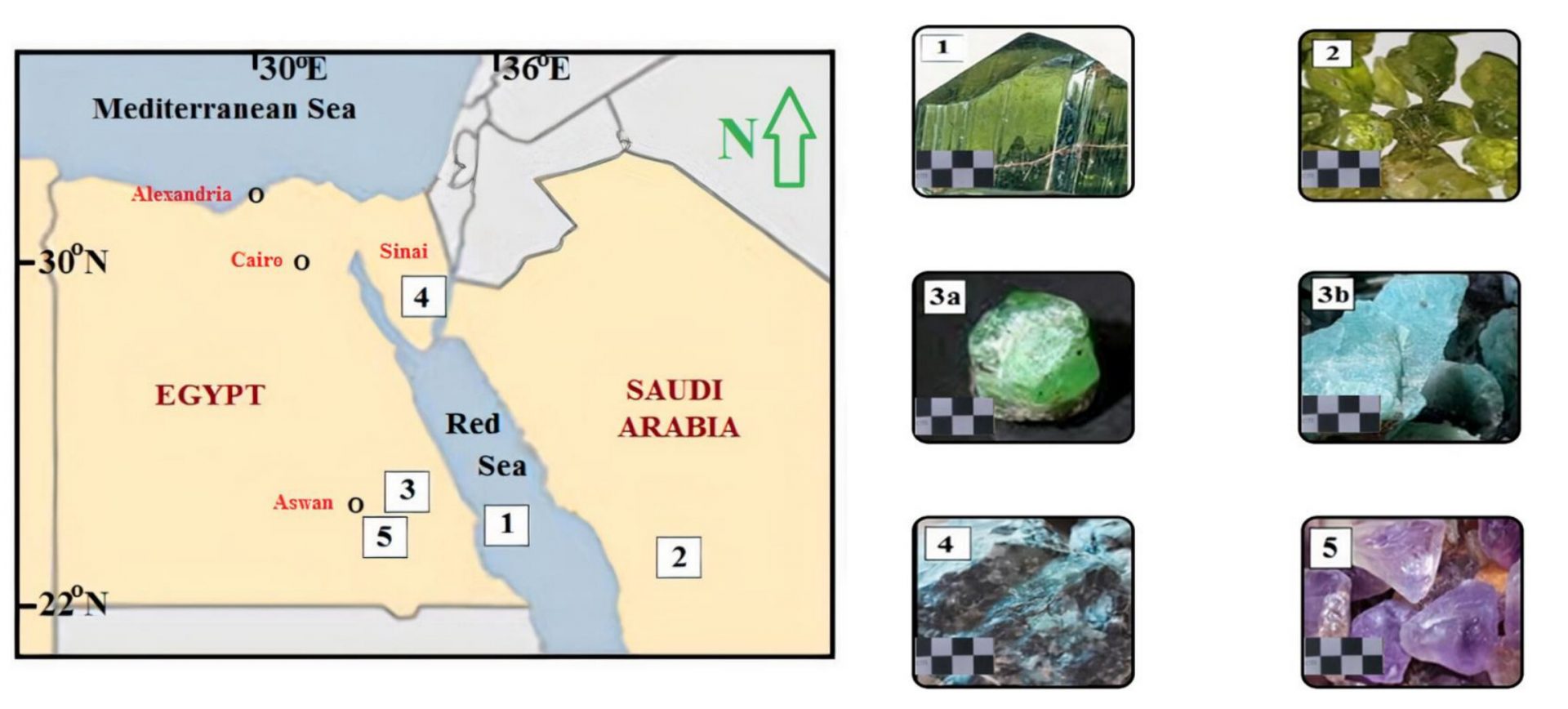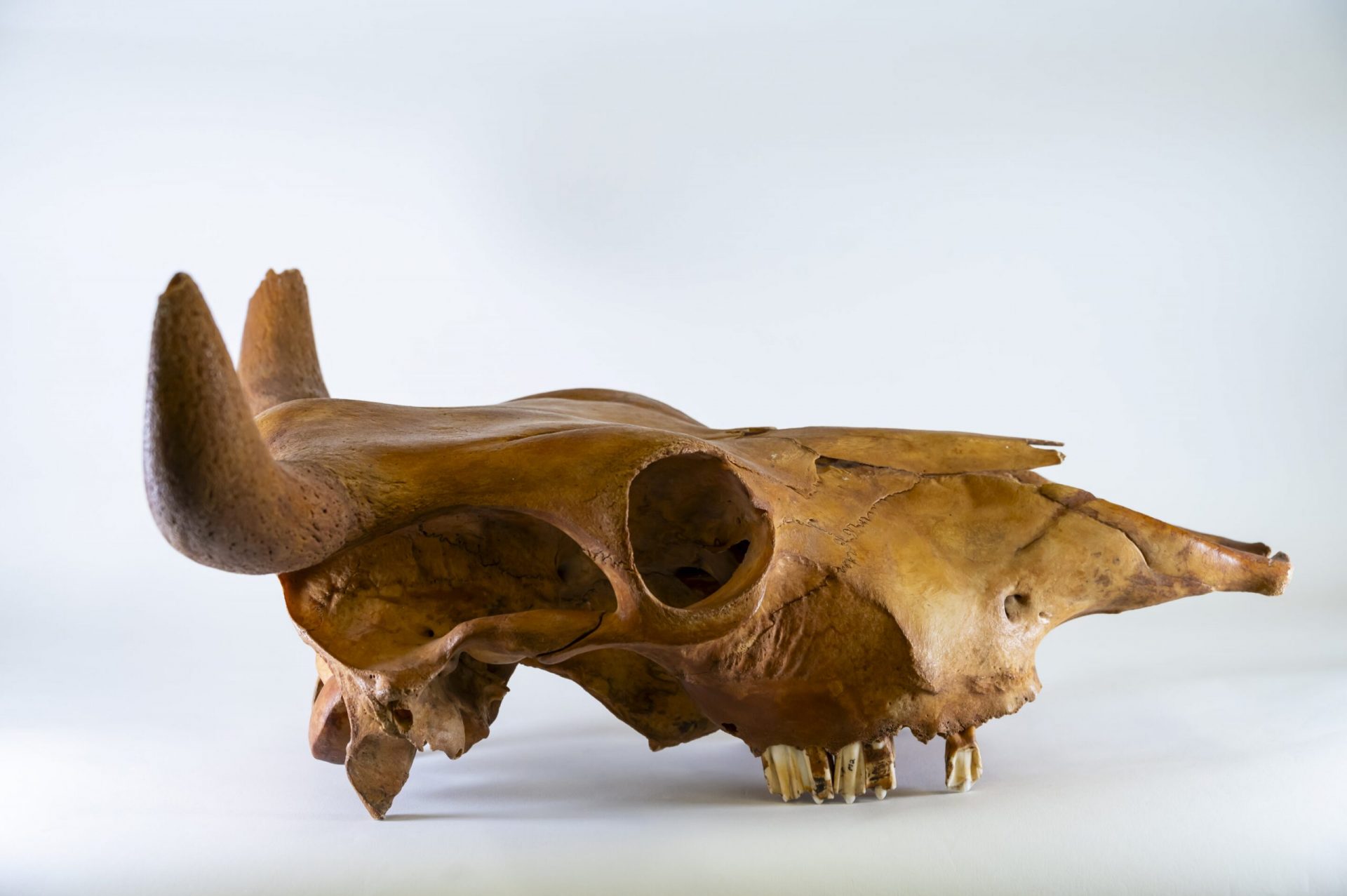Since ancient times, gemstones have captivated people with their beauty, strength, and rarity. These minerals, with their unique composition and atomic orientation, hold the secrets of their past and the historical trade routes they traveled across continents.
In AIP Advances, Khedr and their team utilized three modern spectroscopic techniques to analyze gems from the Arabian-Nubian Shield and compare them with gems from around the world. Their research, titled “Characterization and discrimination of some gem silicate minerals adopting LIBS, FTIR and Raman spectroscopic techniques,” sheds light on the elements that influence gem color, distinguishes stones from within and outside the region, and identifies natural versus synthetic gems.
By employing laser-induced breakdown spectroscopy (LIBS), Fourier transform infrared (FTIR) spectroscopy, and Raman spectroscopy, the authors were able to identify the chemical composition, functional groups, and crystalline structure of the gems. These techniques revealed the secrets behind the gems’ colors and helped differentiate between natural and synthetic stones.
The Arabian-Nubian Shield, located in Egypt and Saudi Arabia, is a treasure trove of mineral deposits that date back to the Earth’s earliest geological age. For thousands of years, precious metals and gemstones have been harvested from this region. “We showcased the spectroscopic characteristics of gemstones from the Middle East to distinguish them from gems found elsewhere in the world,” explained author Adel Surour. “This includes silicate gems like emerald from Cleopatra’s mines in Egypt, as well as amethyst, peridot, and amazonite from other historical sites, mostly dating back to the Roman times.”
The authors discovered that elements like iron, copper, chromium, and vanadium contribute to the vibrant colors of gemstones such as amethyst. They also found that a water peak in the spectroscopic analysis can reveal lab-grown synthetic gems, which are identical to natural gems but more affordable. Additionally, the unique crystalline structure of the gems’ atoms helped differentiate amazonite beads from different regions.
“Gemstones like emerald and peridot have been mined for centuries,” Surour added. “They were often brought by sailors and traders to their homelands. For instance, royal crowns in Europe are adorned with gemstones that originated from Africa or Asia. To accurately trace the origin of a gemstone and uncover ancient trade routes, we need precise methods.”
,,,








